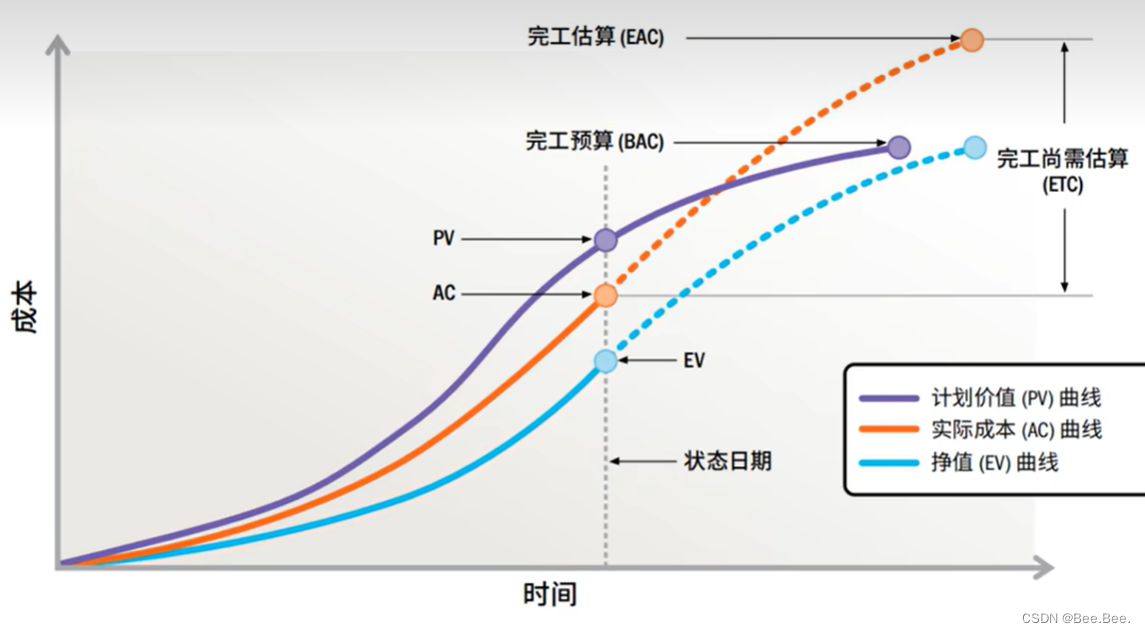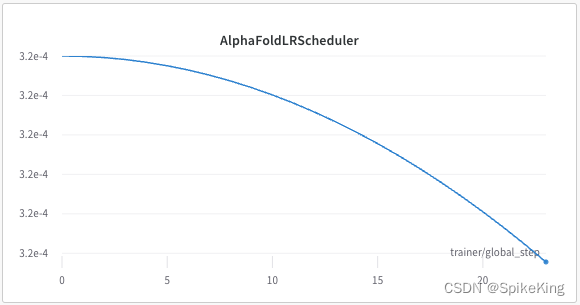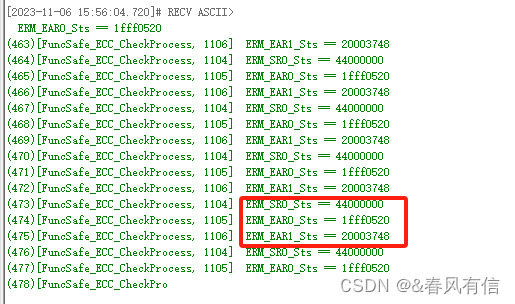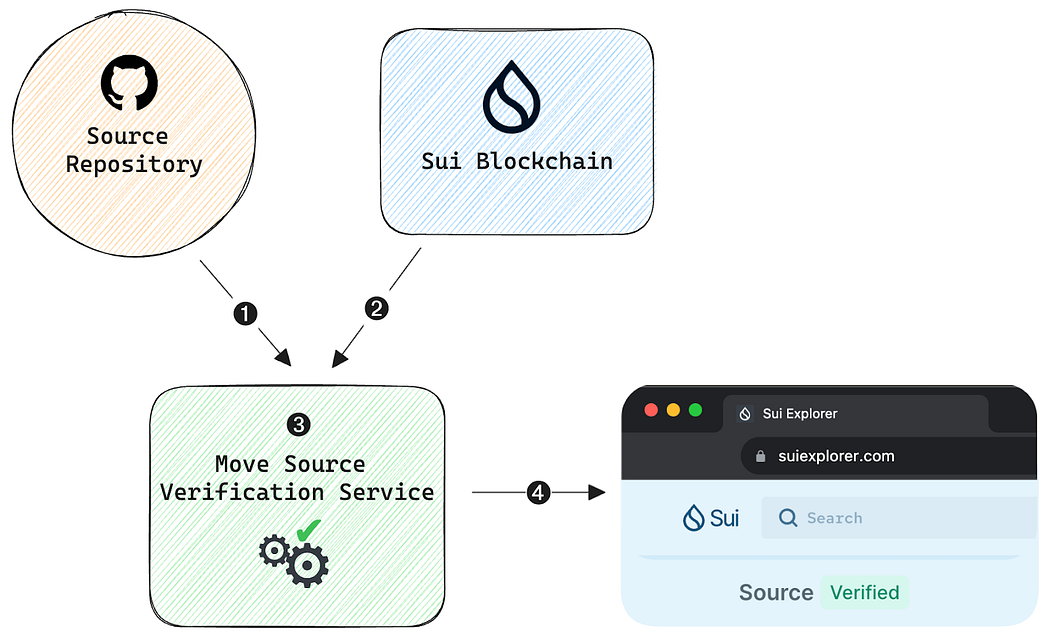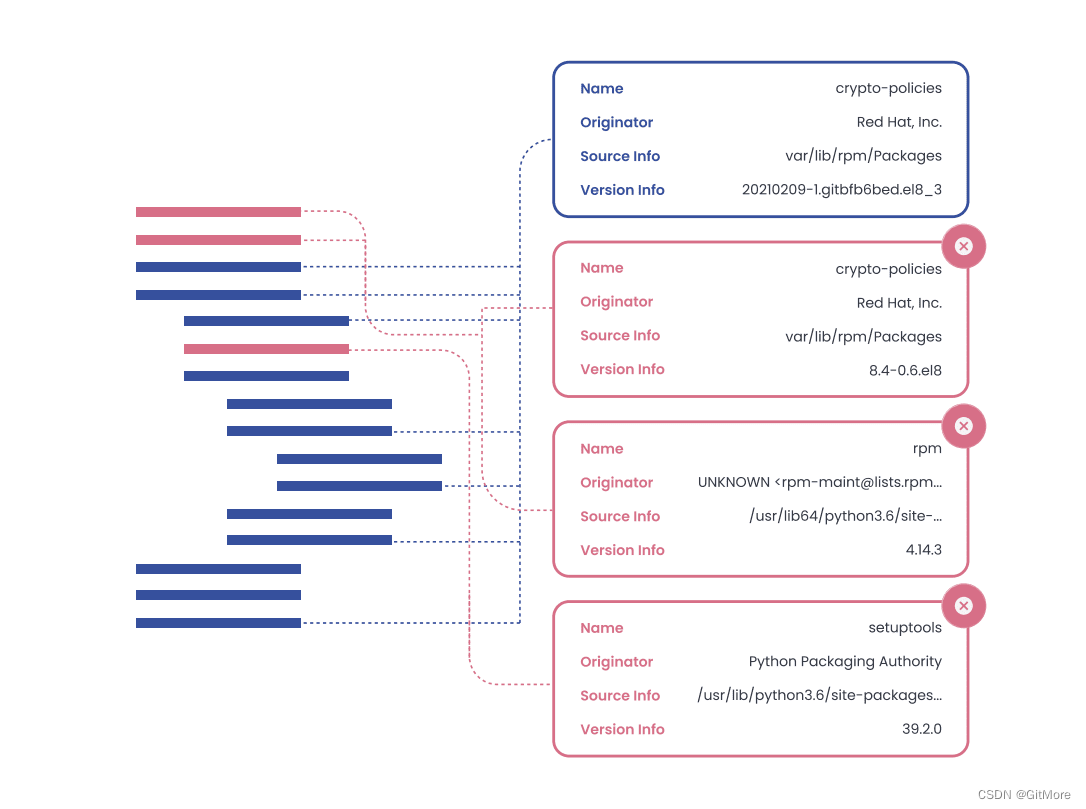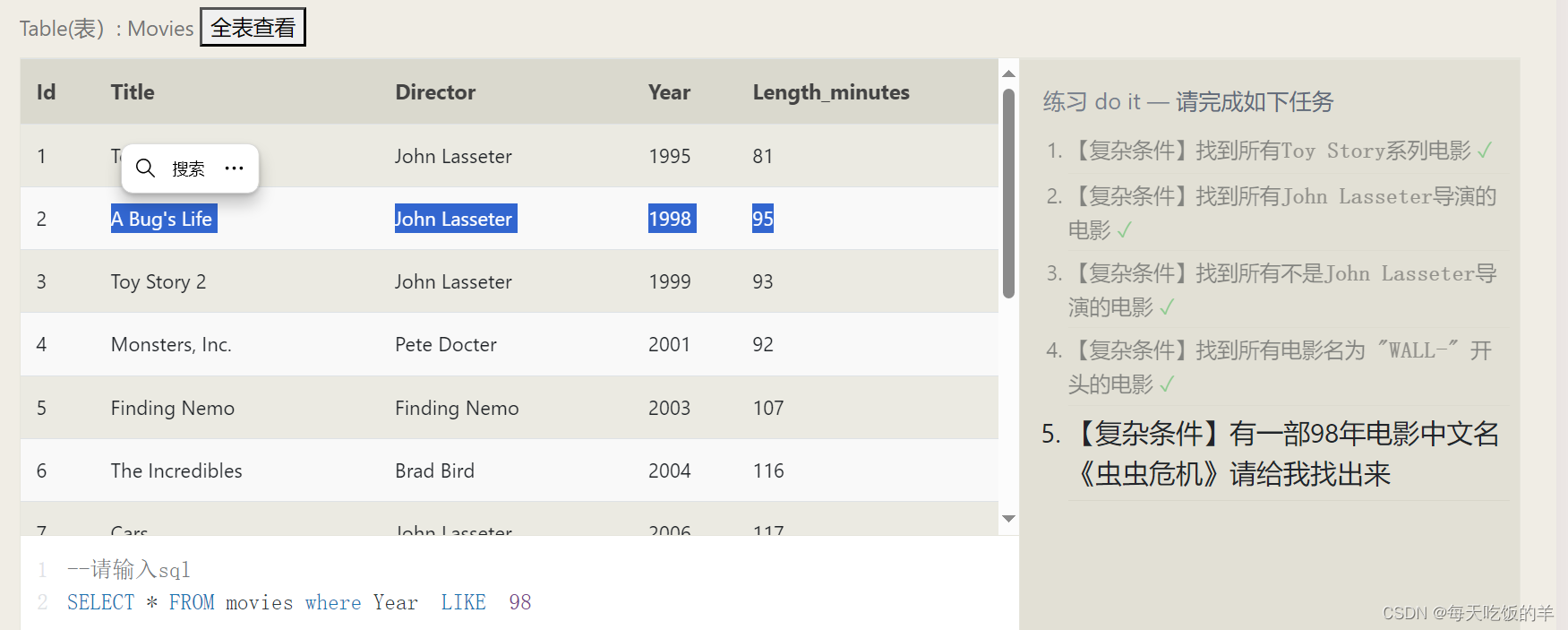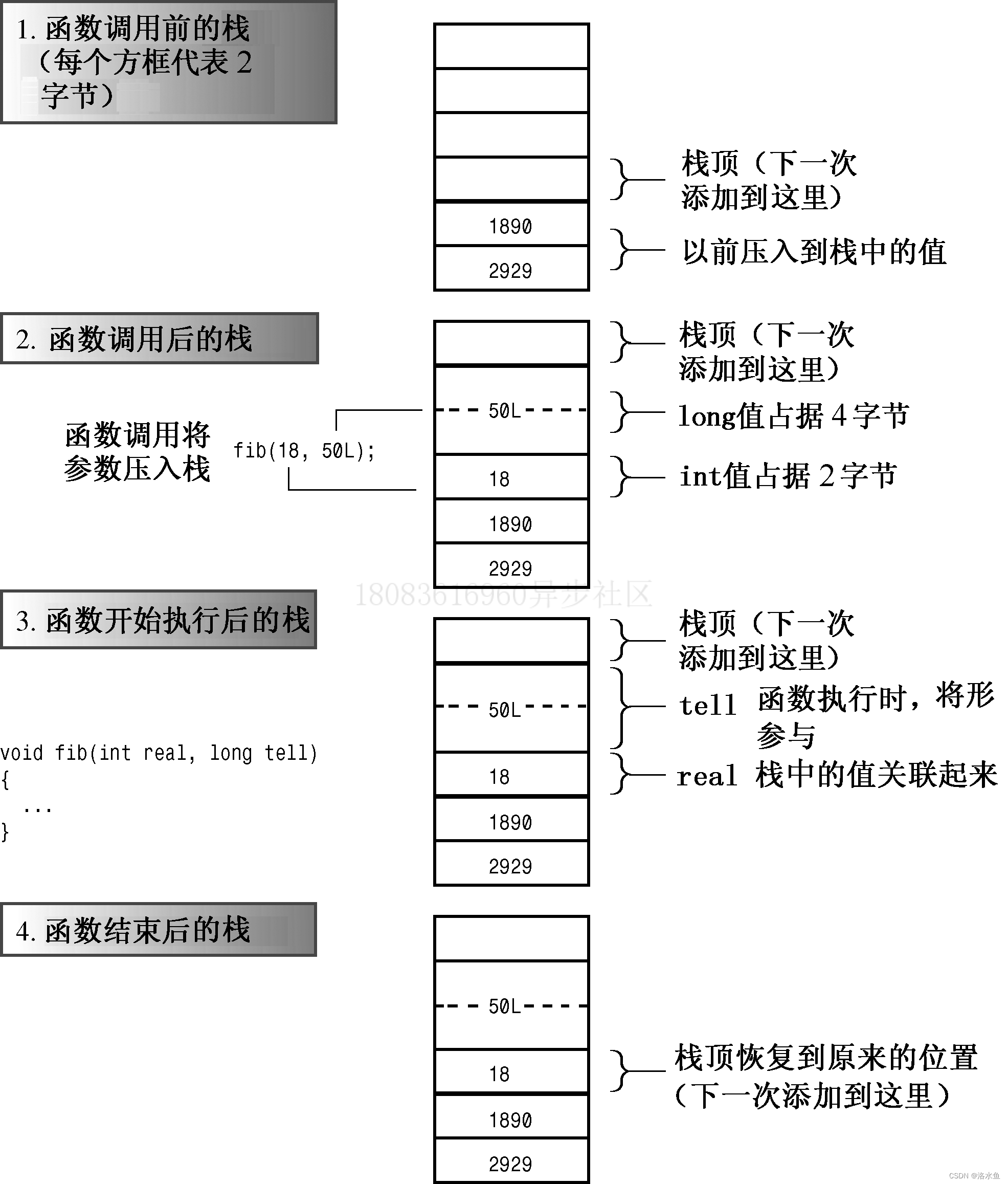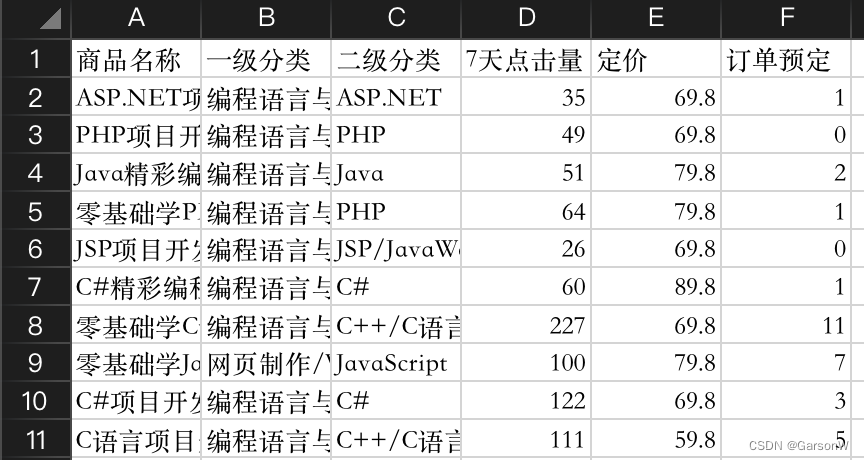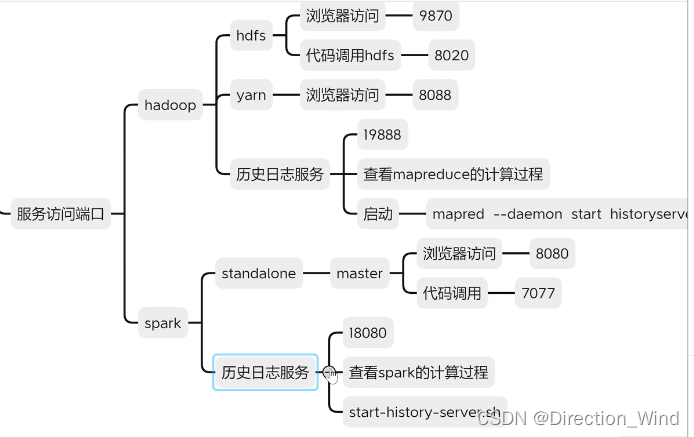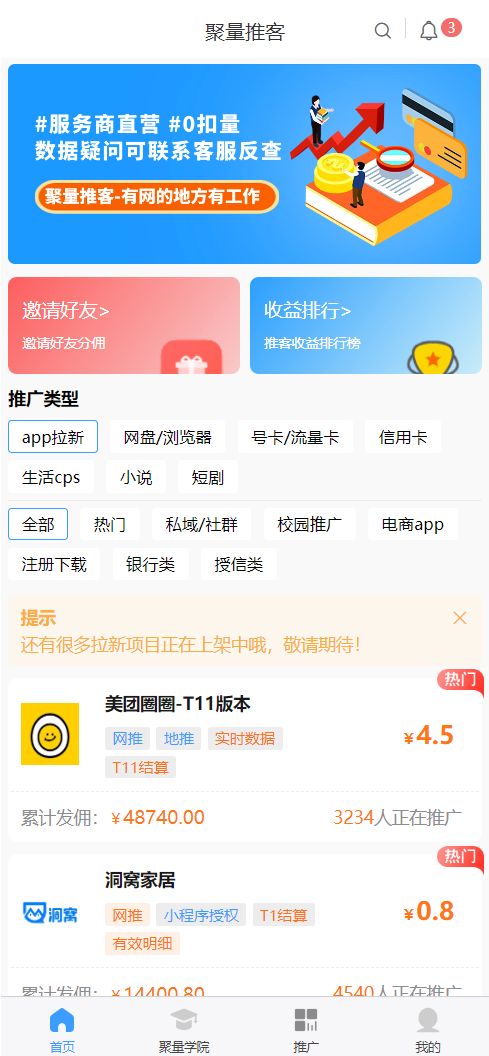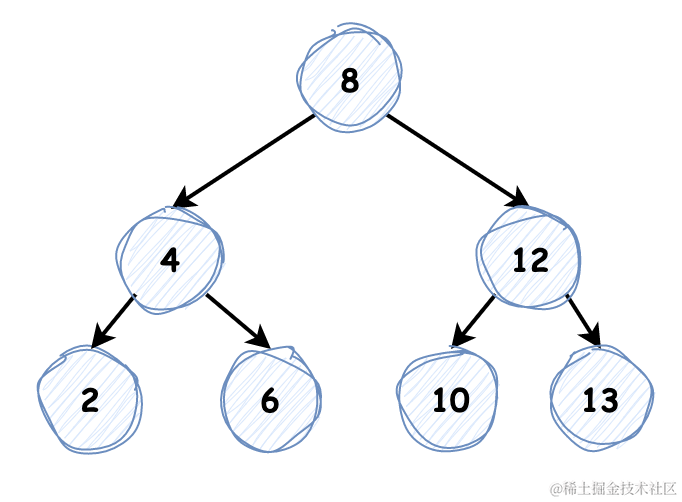JSP 即 Java服务端页面。
其中既可以定义HTML、JS、CSS等静态内容,还可以定义Java代码的动态内容。也就是JSP=HTML + Java。
JSP代码简单例子:
<html>
<head>
<title>Title</title>
</head>
<body>
<h1>JSP,Hello World</h1> //展示在页面上
<%
System.out.println("hello,jsp~");//输出在控制台
%>
</body>
</html>JSP步骤:
1.导入JSP依赖
<!-- https://mvnrepository.com/artifact/javax.servlet.jsp/jsp-api -->
<dependency>
<groupId>javax.servlet.jsp</groupId>
<artifactId>jsp-api</artifactId>
<version>2.2</version>
<scope>provided</scope>
</dependency>2.创建JSP页面
在项目的web下创建jsp页面
3.编写代码
在hello.jsp 页面中书写HTML标签和Java代码,比如上面的例子。
4.测试
启动服务器在浏览器地址输入http://localhost:8080/jsp-demo/hello.jsp;
JSP原理:
JSP是一个页面,在JSP中写html标签可以理解,但还可以写Java代码,这是因为JSP本质上就是一个Servlet
案例——使用JSP脚本展示品牌数据:
<%--
Created by IntelliJ IDEA.
User: ASUS
Date: 2023/10/25
Time: 11:41
To change this template use File | Settings | File Templates.
--%>
<%@ page contentType="text/html;charset=UTF-8" language="java" %>
<html>
<head>
<title>商品信息</title>
</head>
<body>
<%!
class Product {
private String name;
private String company;
private int order;
private String intro;
private int state;
public Product(String name, String company, int order, String intro, int
state) {
this.name = name;
this.company = company;
this.order = order;
this.intro = intro;
this.state = state;
}
public String getName() {
return name;
}
public String getCompany() {
return company;
}
public int getOrder() {
return order;
}
public String getIntro() {
return intro;
}
public int getState() {
return state;
}
}
%>
<%
Product wxr = new Product("外星人", "戴尔", 1, "不买最好的,只卖最贵的", 1);
Product rog = new Product("ROG", "华硕", 3, "反正也挺贵", 1);
Product mac = new Product("Mac Book Pro", "苹果", 2, "反正买不起", 0);
Product[] products = {wxr, rog, mac};
%>
<table>
<tr>
<td>序号</td>
<td>品牌名称</td>
<td>企业名称</td>
<td>排序</td>
<td>品牌介绍</td>
<td>状态</td>
<td>操作</td>
</tr>
<%
for (int i = 0; i < products.length; i++) {
Product current = products[i];
%>
<tr>
<td><%=i + 1%></td>
<td><%=current.getName()%></td>
<td><%=current.getCompany()%></td>
<td><%=current.getOrder()%></td>
<td><%=current.getIntro()%></td>
<td><%=(current.getState() == 1) ? "启用" : "禁用"%></td>
<td><a href="#">修改</a><a href="#">删除</a></td>
</tr>
<%
}
%>
</table>
</body>
</html>JSP指令:
指令的基本格式:
![]()
在目前的JSP规范中只定义了三个指令:page指令、include指令、taglib指令
![]()
为了保持程序的可读性,建议将page指令放在整个JSP源文件的最前方:
<% @ page contentType = "text/html;charset=UTF-8" language = "java" %><% @ page contentType = "text/html;charset=utf-8;" %>
JSP缺点:
书写麻烦、阅读麻烦、不易协作完成、复杂度高、调式困难、占内存和磁盘
由于以上缺点,JSP已经退出历史舞台,更多的是使用HTML+Ajax
EL表达式:
用于简化JSP页面内的Java代码。主要作用是获取数据。
其实就是从域对象中获取数据,然后将数据展示在页面上。EL表达式的语法也比较简单:
${expression} 。例如:${loginUser}就是获取域中存储的key为loginUser的数据。
<%@ page contentType="text/html;charset=UTF-8" language="java" %>
<html>
<head>
<title>Title</title>
</head>
<body>
${loginUser}
</body>
</html>四大域对象:
page:当前页面有效
request:当前请求有效
session:当前会话有效
application:当前应用有效
这四个域的作用范围:
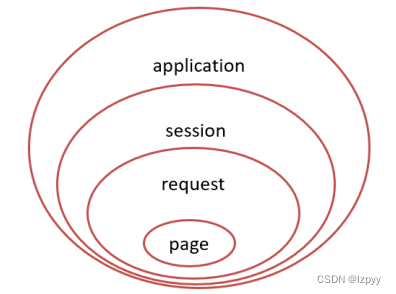
JSTL标签:
使用标签取代JSP页面上的Java代码:
例如:
<c:if test="${flag == 1}">
男
</c:if>
<c:if test="${flag == 2}">
女
</c:if>
<%=(flag == 1 ? "男" : "女")%>jstl依赖:<dependency><groupId> javax.servlet </groupId><artifactId> jstl </artifactId><version> 1.2 </version></dependency>
在JSP页面上引入JSTL标签库:
<% @ taglib prefix = "c" uri = "http://java.sun.com/jsp/jstl/core" %>
<c:if>:
相当于if判断
<c:if test="${flag == 1}">
男
</c:if>
<c:if test="${flag == 2}">
女
</c:if><c:forEach>:
相当于for循环。java中有增强for循环和普通for循环,JSTL中也有两种用法
用法一:类似Java中的增强for循环
属性:
<c:forEach items="${users}" var="user">
<tr align="center">
<td>${user.id}</td>
<td>${user.username}</td>
<td>${user.password}</td>
<td>${user.email}</td>
</tr>
</c:forEach>用法二:使用begin、end、step属性循环指定次数
可以根据指定的起始、结束和步长来循环指定次数,如:
<c:forEach begin="1" end="10" step="2" varStatus="loop"
<li>第${loop.index}次循环</li>
</c:forEach>

